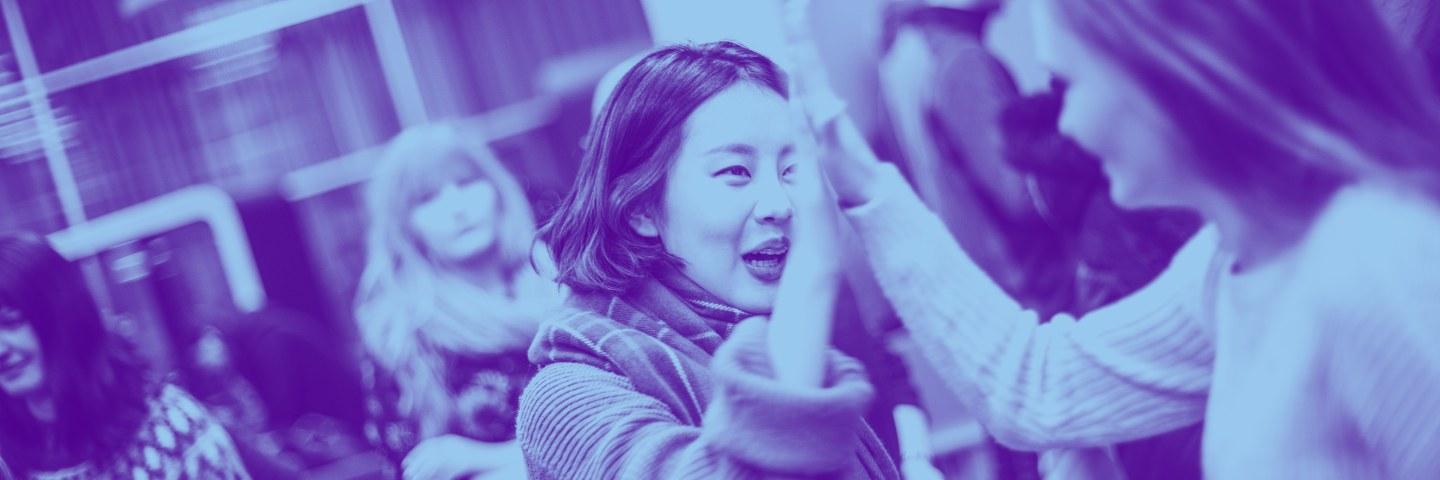
Efficient everyday life on campus – now and in the future
Responsibly for the benefit of the environment and community
Campus development is carried out responsibly and sustainably and it fosters the dynamism of the higher education community. At present, the higher education community has many facilities with a low utilisation rate. By giving up some facilities we will create opportunities for new openings and cooperation. At the same time, we can allocate resources for the responsible and high-quality development of the spaces we are using.
Social, cultural, ecological and economic responsibility is also carried out by sharing and opening spaces and infrastructure for wider use in the entire community and society, and by the smooth merging of physical and digital environments.
Social and cultural responsibility
Accessible jointly used spaces that change according to the users’ work methods foster the community spirit and the multicultural, equal encounters between fields of science. This reinforces opportunities for multidisciplinary, international teaching, research and innovation cooperation across fields of science, faculties and units.
Ergonomic, safe and healthy spaces that change according to the users’ work methods enable an efficient everyday life. Studying, working and research environments flexibly adapt to users’ needs and work methods so that there is enough space for quiet working and interaction. The development considers different learners and work methods so that the campuses are an environment that supports the learning and working of all community members.
A dialogue on spatial and functional development supports the well-being of staff and students in studies, work and leisure.
On the campuses, versatile services, well-being and sports opportunities, and hobby and meeting places offer preconditions for enjoying the campuses outside studying and working times.
The history and heritage of the University’s facilities and actions is acknowledged in development.
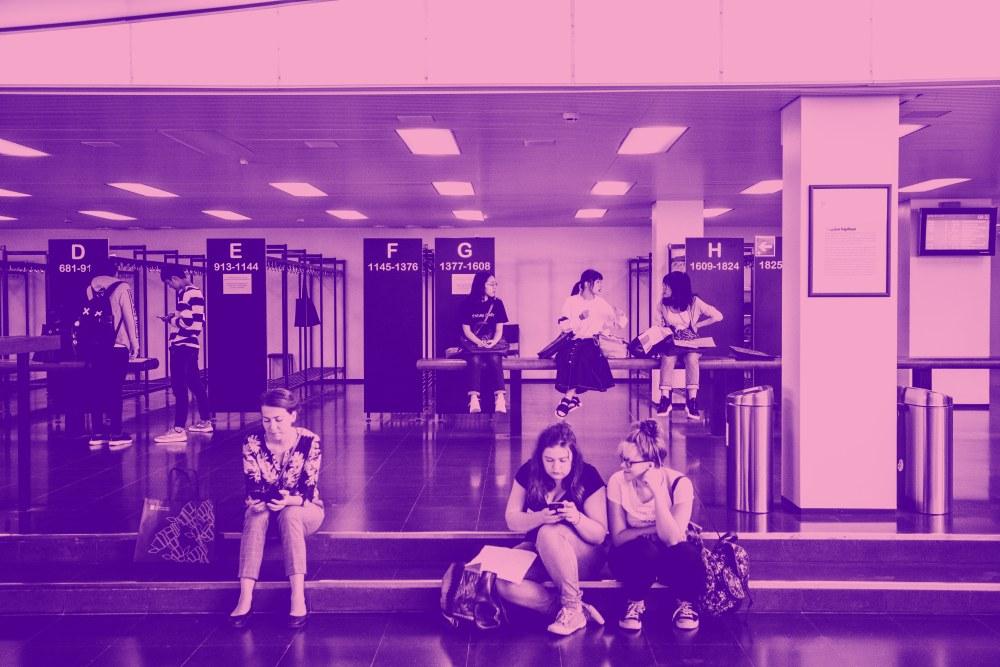
Ecological responsibility
According to national climate goals, the Ministry of Education and Culture expects higher education institutions to also take action. The goal of the Tampere Universities’ community is to be carbon neutral by 2030. By 2030 and as part of fulfilling this goal, the number of the community’s facilities will be decreased by 25 percent from the level they were at in 2019. The facilities are decreased according to an action plan in pertinent locations and in close co-operation with the users of the facilities.
The jointly used efficient and adaptable facilities of the future are actively used by staff, students and researchers in a versatile manner.
Physical, digital and virtual campus environments merge seamlessly, offering new ways of learning, researching and working that foster sustainable development.
Campus development engages with the facilities’ owners in order to diminish the environmental impact of the facilities.
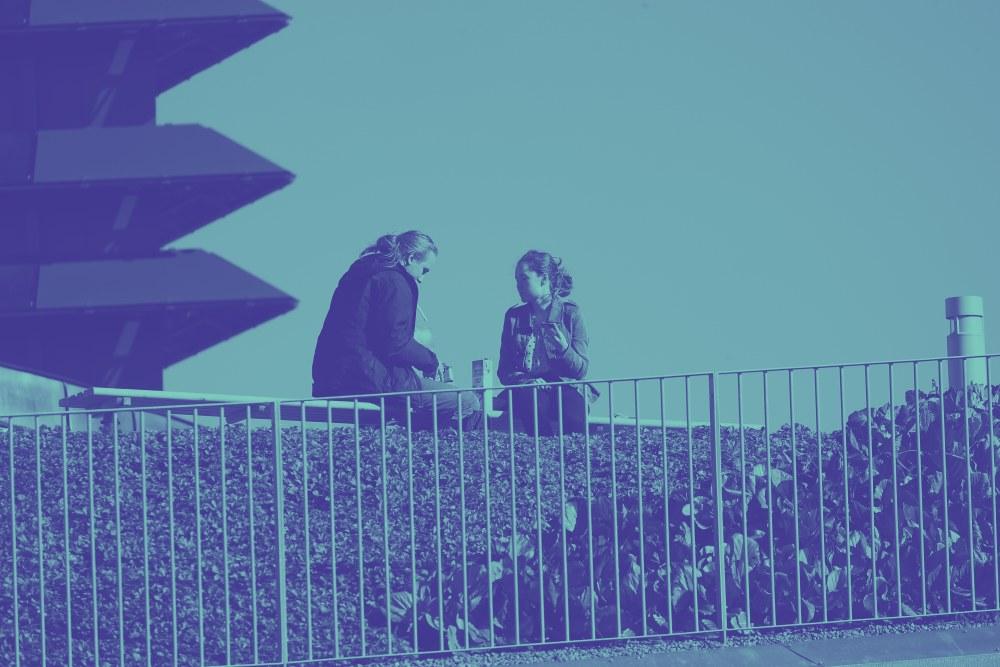
Economic responsibility
Adaptable jointly used facilities and the development of operations supporting them enable a more efficient use of the facilities and a better occupancy rate. Facilities with duplicate functions may also be abandoned and used in a manner that meets the user needs better. In the long run, this will yield economic benefits.
Up to date campus environments that support the Universities’ actions are a significant factor influencing the competitiveness and attractiveness of the Universities community both domestically and internationally.
The opening up of facilities to the surrounding society supports the vitality and internationalisation of research, innovation and development activities as well as interaction with businesses and public and third sector actors.
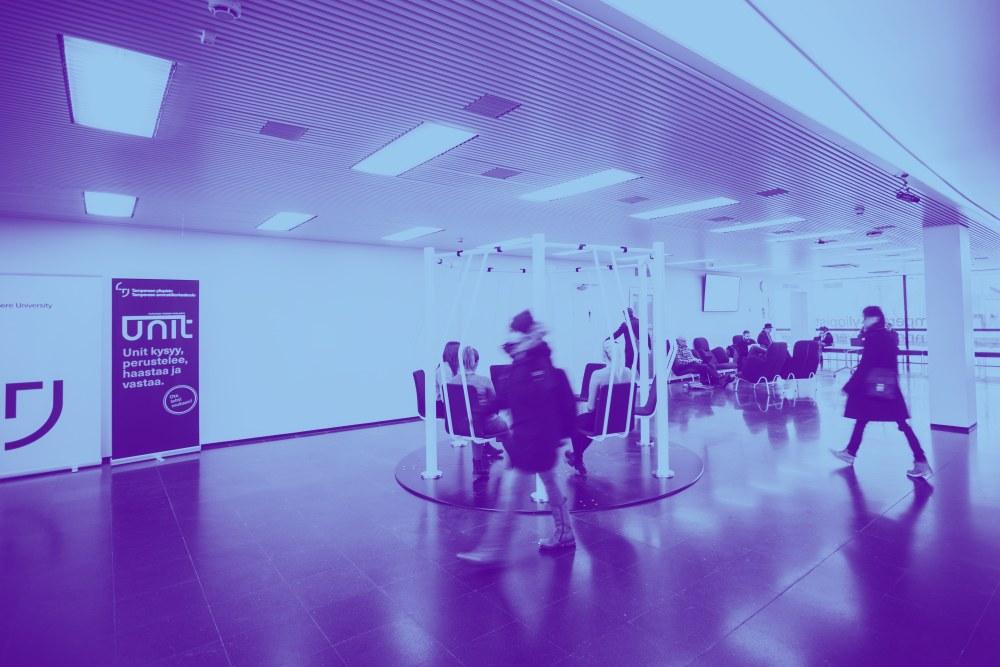
Wise choices are found together
The campuses are developed in a continuous co-operation with the Universities community. Development needs in the everyday life of the campuses have been and will be identified with students and the entire staff. The solutions are planned on this basis together.
The best results are achieved when the facilities correspond to changing operational needs. The physical facilities must support the needs and changes of desirable actions and be a part of them. The role of campus development is to use physical facilities to enable the operational development of the facilities in accordance with the needs of the different faculties and units in the Universities community whether open-plan offices, need for quiet work spaces or a wider need for interaction between units and with society.
User experiences related to space solutions are continuously collected and further utilized in ongoing development work.
The campus theses, defined together with the higher education community, guide the spatial and functional planning and development work of the campus.
A functioning campus
- builds on a multidisciplinary community and cooperation
- works as an ecosystem and a platform for co-creation
- encourages interaction with society and the world
- promotes responsible actions in the entire community
- provides experiences also outside study and working times
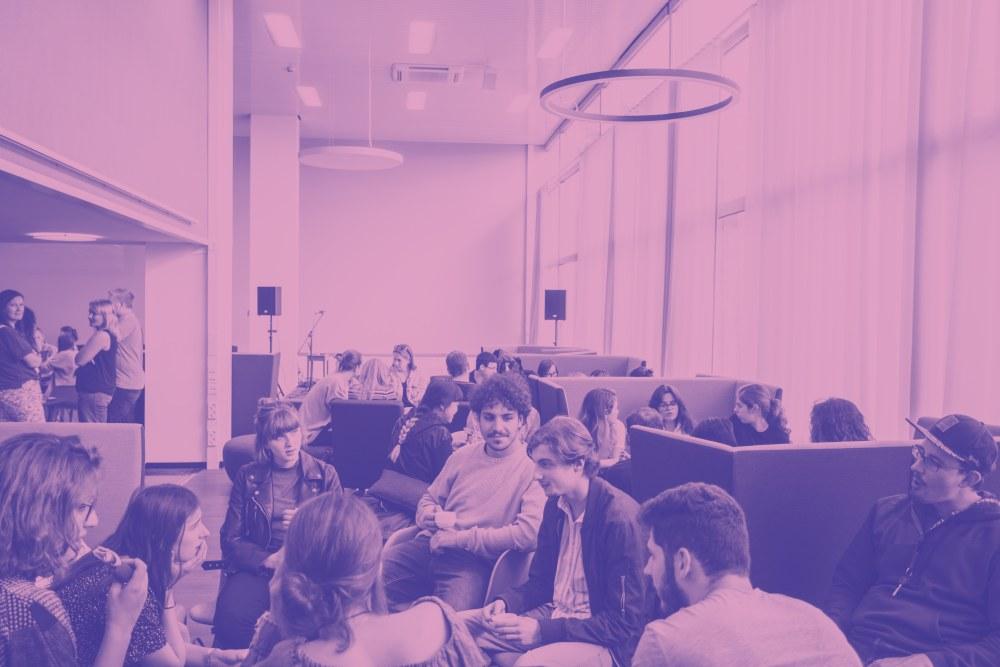
Impact on three campuses
The starting point for campus development is developing three campuses in Tampere. The city centre campus, Hervanta campus and Kauppi campus - for both Tampere University and TAMK - are developed based on existing strengths in accordance with the strategic goals of the Universities community and the vision statements. In practice, the development is implemented by transferring and reorganising the operations on campuses. Digital connections are built between the campuses in Tampere and other cities in order to promote cooperation and feelings of community.
The campuses are developed according to the campus strategy by actions for the shorter and longer term on all three campuses. The basic measures on all the campuses are realised in both physical and digital learning, working, researching and meeting environments.
The aim is to integrate the user experience of physical and digital environments so that community members can study and work efficiently on any of the campuses regardless of their faculty or unit.
The campus areas are a part of the dynamic Tampere urban environment.
That is why it is important that the campus areas open to the city environment both spatially and functionally. This fosters versatile co-operation opportunities, the development of services and the dynamism, attractiveness and competitiveness of the Universities community.
